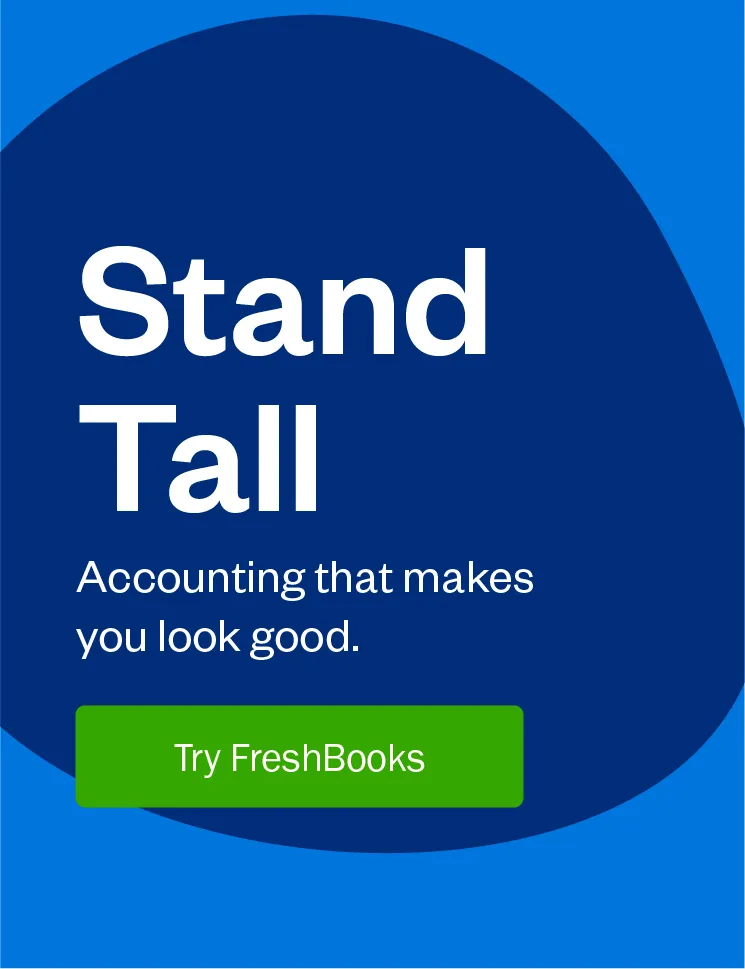Quote vs. estimate vs. bid vs. proposal: The definitions differ among business owners and industries. Let’s put the confusion to bed.

People use the terms, bid, quote, proposal, and estimate interchangeably. Indeed, a forum discussion on SitePoint highlights this challenge when using these terms.
But as one person on the forum put it: “Doesn’t matter what you think the difference is, it’s what the person asking for it thinks it is.”
This means that as a small business owner, you must clarify what clients want when they ask for one of these documents.
Why? Because they may specify they want a proposal when, in fact, they actually want a written estimate.
Table of Contents
What to Do Before Sending a Quote, Estimate, Bid, or Proposal
So, before you send anything, discuss the details of what clients want:
- Do they expect a cost estimate to be included?
- Do they want to see a complete breakdown of project costs?
- Are they looking for an itemized breakdown of services?
Do they expect a comprehensive proposal that “sells” your services and expertise so they can get buy-in from others?
If you fail to get crisp on what your clients expect, you risk giving them the wrong information and stalling the process back and forth.
Nevertheless, while open to interpretation, an estimate, bid, quote, and proposal are meaningfully different. There are widely accepted definitions that hold true across industries. This post will explore these definitions to put some of the confusion to bed.
What’s an Estimate?
An estimate is a simplified version of a proposal that provides an educated guess or approximation of what things will cost. For example, a building contractor may chat with a client to understand the client’s needs. They’ll then briefly list the services and provide a rough idea of the labor costs and materials needed to fulfill the project scope. Finally, they’ll assign costs by getting quotes from other suppliers.
Estimates are usually drafted without an in-depth understanding of the client’s requirements and are subject to change as new information surfaces. For example, that residential construction estimate can change drastically when they discover asbestos or old wiring. This means estimates are not binding from a legal standpoint.
But estimates don’t only detail project costs. They also provide a high-level overview of:
- The work and services you’ll provide, so clients understand what’s involved in completing the project
- Project scope, so clients understand broadly what each service entails
- Timelines and completion dates to manage client expectations
- Any exclusions to avoid disputes later
- The period for which it is valid
- Other terms the client should know if they want to do business with you
The idea is simple: With a written estimate, you want to manage client expectations. You don’t want to overwhelm them with too much detail, but you also don’t want to shoot yourself in the foot by excluding information that’s crucial for project success and a sound working relationship.
For these reasons, you should create an accurate estimate for every new project, even with an existing client.
Estimates also give clients a rough idea of whether the client can even afford the project without you having to spend considerable time researching and gathering information.
When to Use an Estimate
Estimates are best suited for kickstarting smaller projects with existing clients and when a client is curious about a project but has not yet committed and wants an approximation of what it will cost.
Pro tip: Learn how to create an accurate estimate by including certain key components.
What’s a Quote?
Unlike an estimate, a quote is legally binding and provides a fixed price for a project subject to a specific time frame. Ever seen a quote that reads: “Valid for 30 days?” Sure you have.
In many industries, companies will have these terms to protect themselves. For example, if you have your own cake business, you know that the exact price of the ingredients can fluctuate regularly, meaning you cannot fix your prices for long periods.
Regardless, once the client accepts the quote (within the validity period), you have to complete the work as detailed in the quote and at that exact price.
For this reason, you’ll want to compile a detailed written quote with a thorough understanding of what the client wants and what you need to provide to match that expectation. In this way, you’ll be able to go into more detail about the services, exclusions, timelines, total price, and project scope.
When to Use a Quote
Send a quote when you have a firm understanding of the specific details and project costs involved. This means you may need to visit the site, speak to the client, and do additional research to get all the information you need to quote.
What’s a Bid?
Bids are common for larger commercial and government projects where the project scope is clear. For example, think of a government agency looking for a suitable contractor to complete a project. They will detail what they need and make these requirements publicly available.
Companies and small businesses will then bid for these projects by specifying how much it will cost to complete them. The bidding process is over when the agency chooses a winner.
Bids are especially common for larger projects in the construction industry: A sub-contractor will often submit a construction bid to a general contractor to complete a specific part of the project.
A bid will have more detail than estimates and quotes. While bids and proposals are similar, proposals usually have more detail.
When to Use a Bid
Send a bid when you’re bidding for a large government project with clear project details.
What’s a Proposal?
Proposals include all the information contained in estimates, quotes, and bids. But they’re specific and not an approximation and take things further by showcasing the value you can offer a prospective client. Value can take a variety of forms. For instance, you could assist clients in making more money or help them save time.
Proposals will include:
- Business background and previous client testimonials to build trust
- Examples of past projects to show you can deliver
- The solution to the client’s problem to acknowledge you understand it
- An overview of the scope, timelines, deliverables, and all costs involved (fixed and variable costs)
Proposals are usually put together to win a client’s business at the start of a new relationship. When you submit a proposal, you’ll often do so in competition with other companies. As a result, it’s essential to take time to construct an excellent proposal and showcase value.
Potential clients will often provide you with details of what they expect in the proposal. They may also tell you to use your discretion to suggest solutions that will help them.
You will often need to submit supporting information, including previous client testimonials to establish credibility, health and safety documents, and examples of past work.
When to Use a Proposal
In each of the following scenarios, you’ll invariably create a proposal:
- Your client asks you to send a pitch after a client meeting
- They tell you you’re shortlisted with other contractors for a project and want you to “compete” for the business
- A client wants an estimate, but you decide to go the extra mile and provide more detail and showcase the value your business can provide
Pro tip: Learn how to create a business proposal by following these 5 steps:
- Prepare before writing a proposal by collecting information on the prospect’s problem, their budget, the deadlines, and who the decision-maker is.
- Write your proposal by following a basic outline that includes certain critical elements of any successful proposal, such as social proof, a value statement, project investment, and polish for a professional look. The right proposal software can help.
- Use persuasive language to get potential customers to buy from you, e.g., appeal to their emotions or make a time-sensitive offer.
- Use persuasive pricing to get new customers to commit. For instance, create different service packages at specific price points to encourage prospects to choose you over the competition.
- Review and edit your proposal for accuracy and to maintain professionalism. Check for grammar, avoid jargon, review the layout, remove long sentences, cut unnecessary words, and more.
Quote vs. Estimate vs. Bid vs. Proposal: The Bottom Line
Estimates, quotes, bids, and proposals are different, despite the overlap between these documents.
Estimates are an approximation and give clients an idea of what to expect. Quotes are more concrete and specify a fixed price for a specific time.
Bids offer more detail than estimates and quotes, and are common in the construction industry. Companies will bid for projects by specifying how much it will cost to complete them. Proposals usually provide the most detail and focus on showcasing value.
Each has its place. And there’s no doubt that people will continue to use them interchangeably.
Nevertheless, it’s essential that when you submit either of these to a client, you take the time to understand what they’re expecting to receive. Why? So when, you’re asked to deliver a detailed quote, you’re not delivering it based on what you think it should be but on what the clients want.
This post was updated in December 2022.

Written by Nick Darlington, Freelance Contributor
Posted on October 20, 2017

 How to Easily Build Great Estimates for Your Projects
How to Easily Build Great Estimates for Your Projects Should You Ask for an Upfront Deposit on Work?
Should You Ask for an Upfront Deposit on Work? Take the Guesswork Out of Projects with Estimates
Take the Guesswork Out of Projects with Estimates





